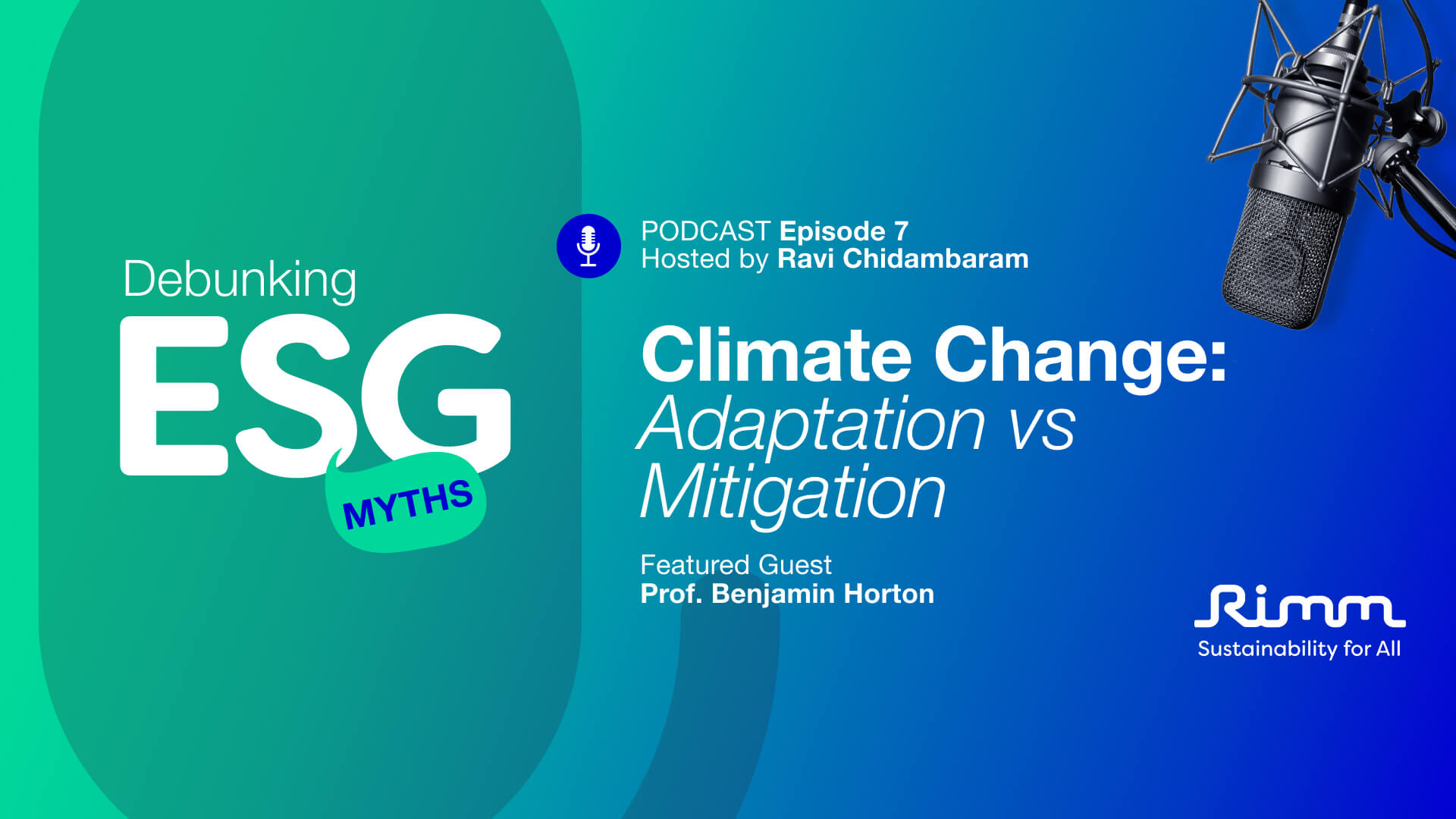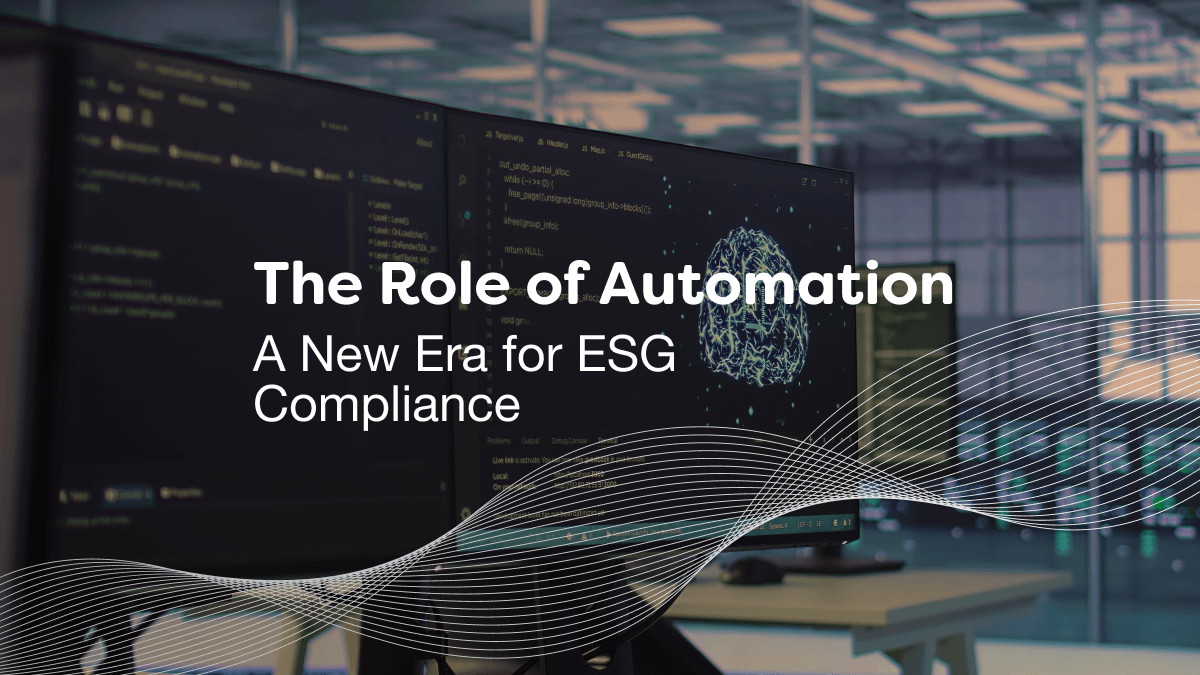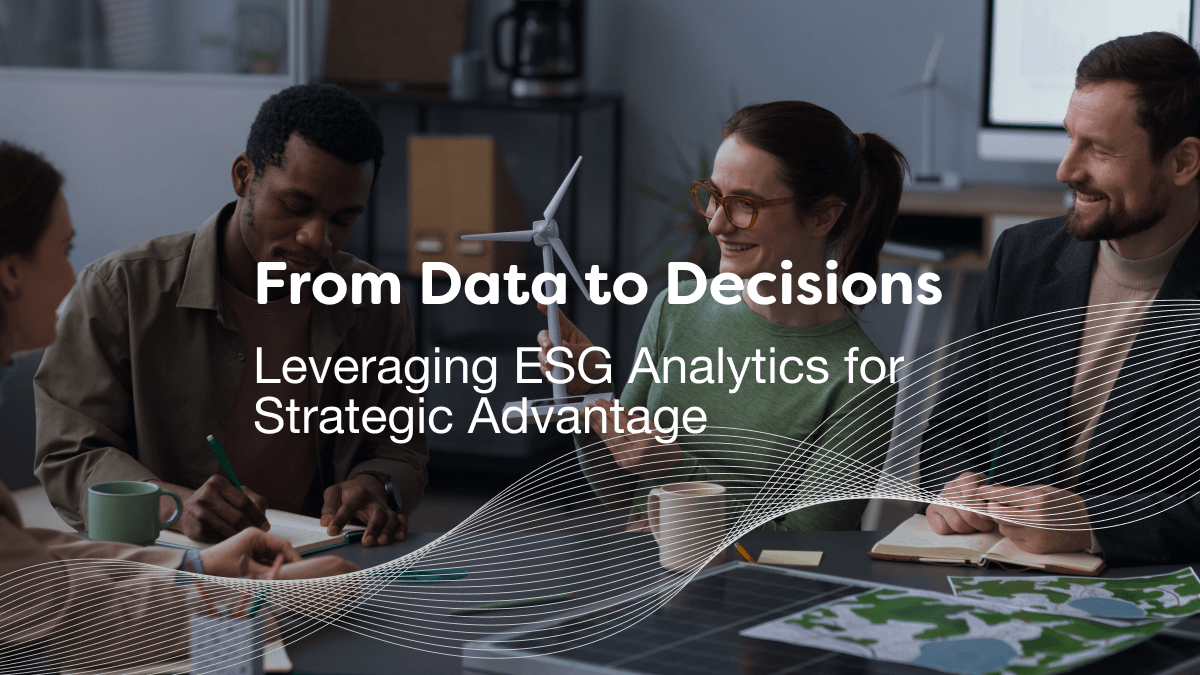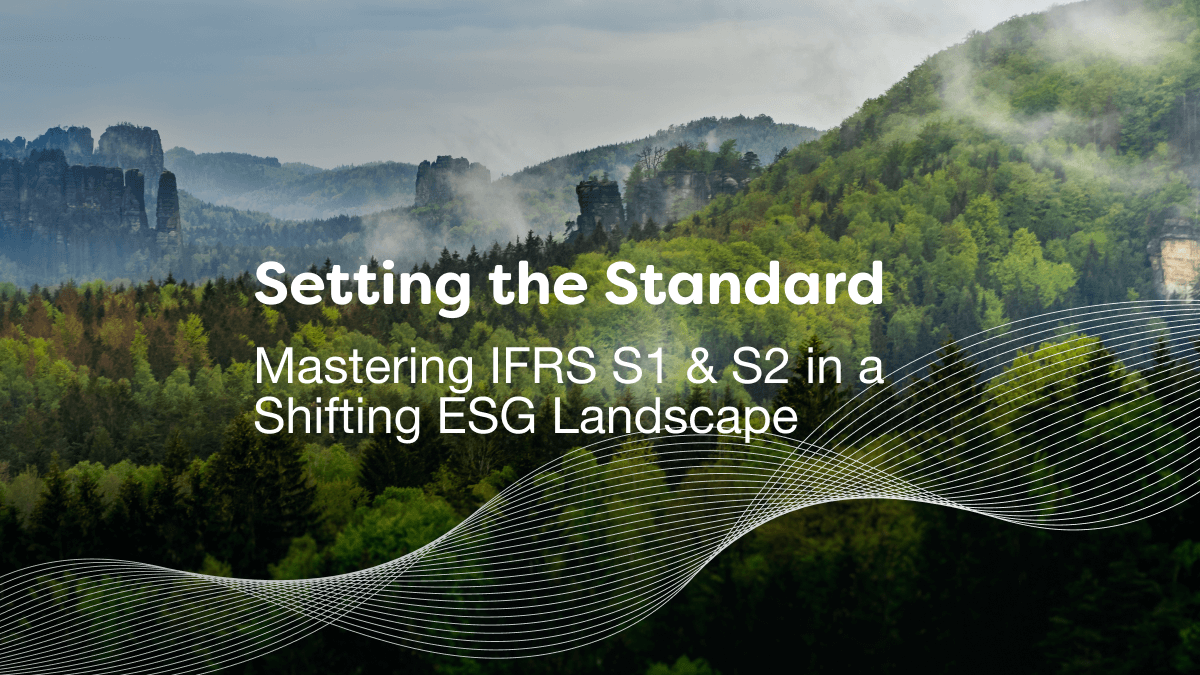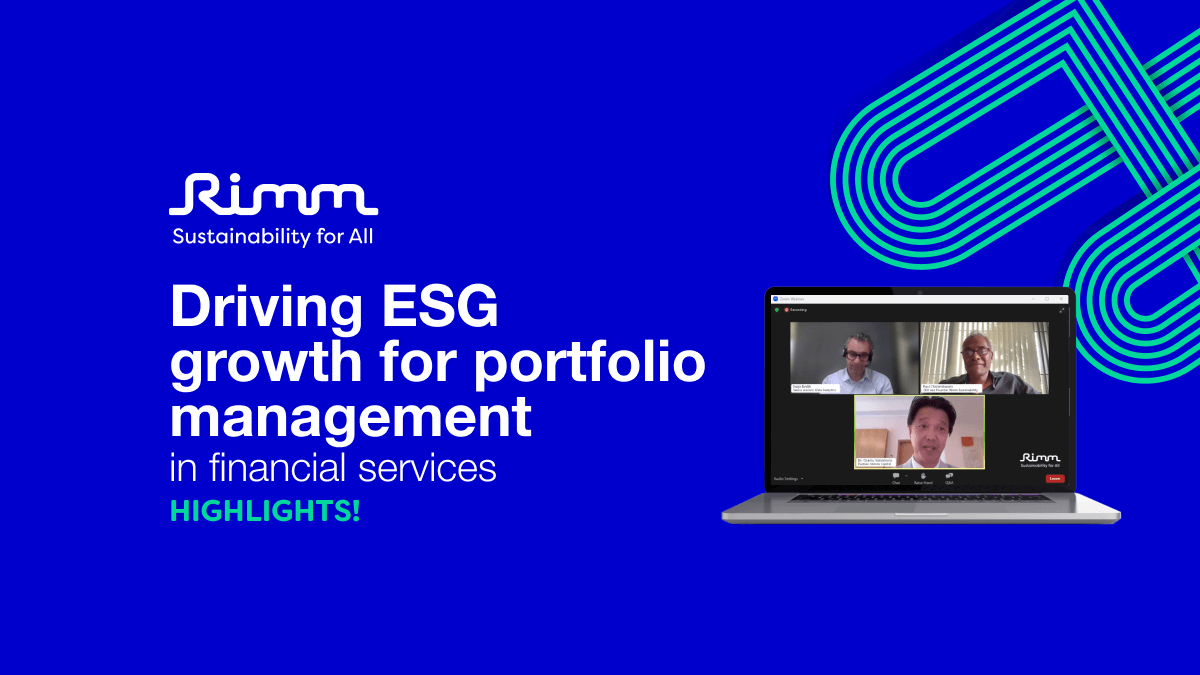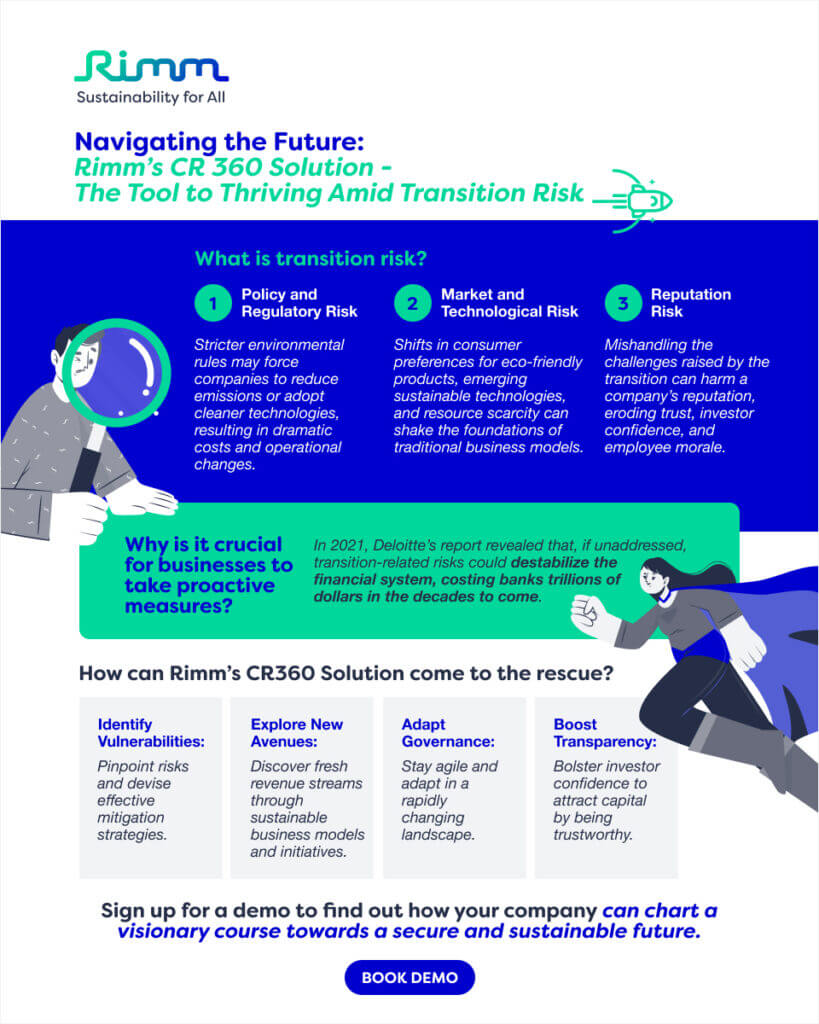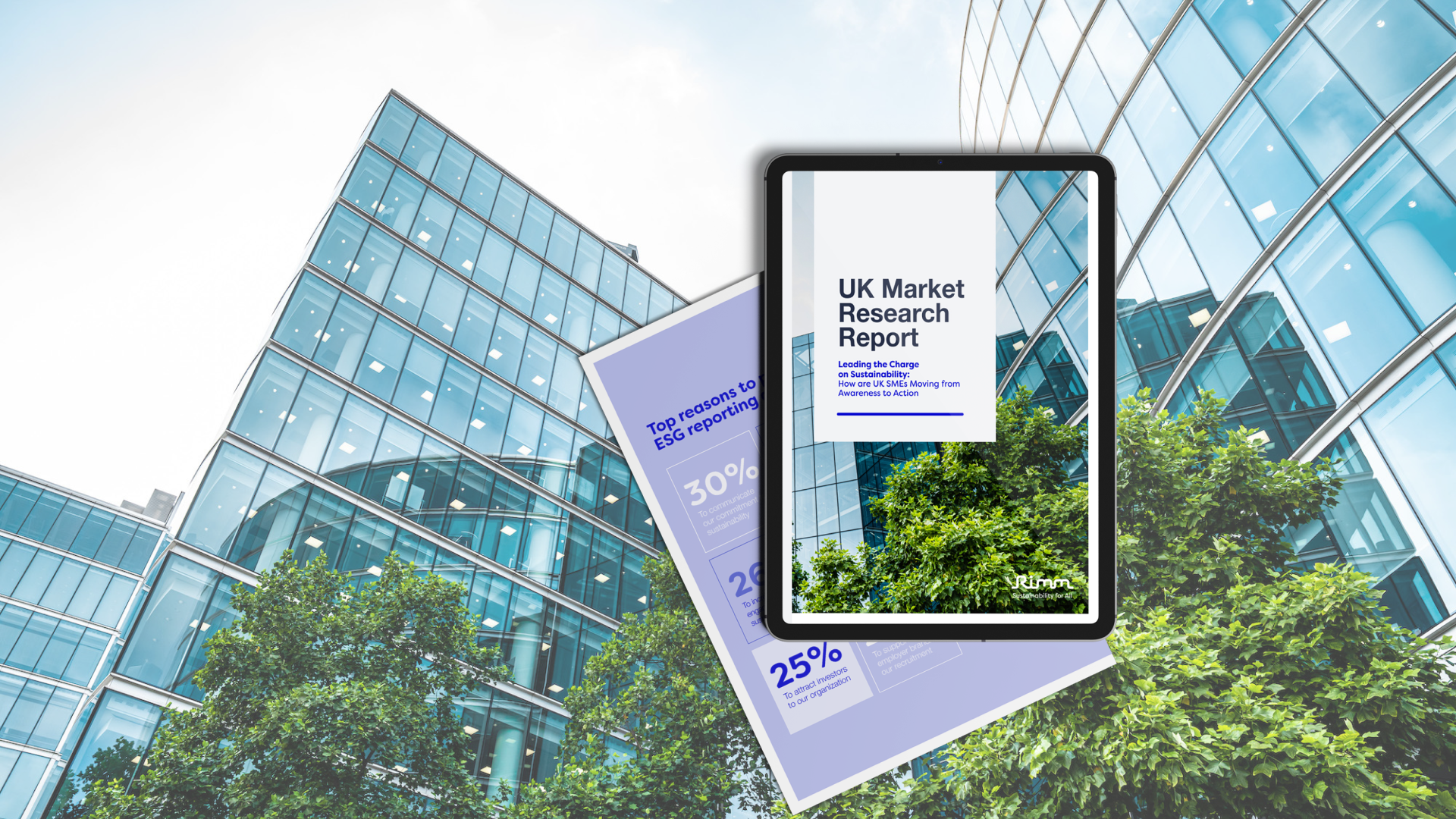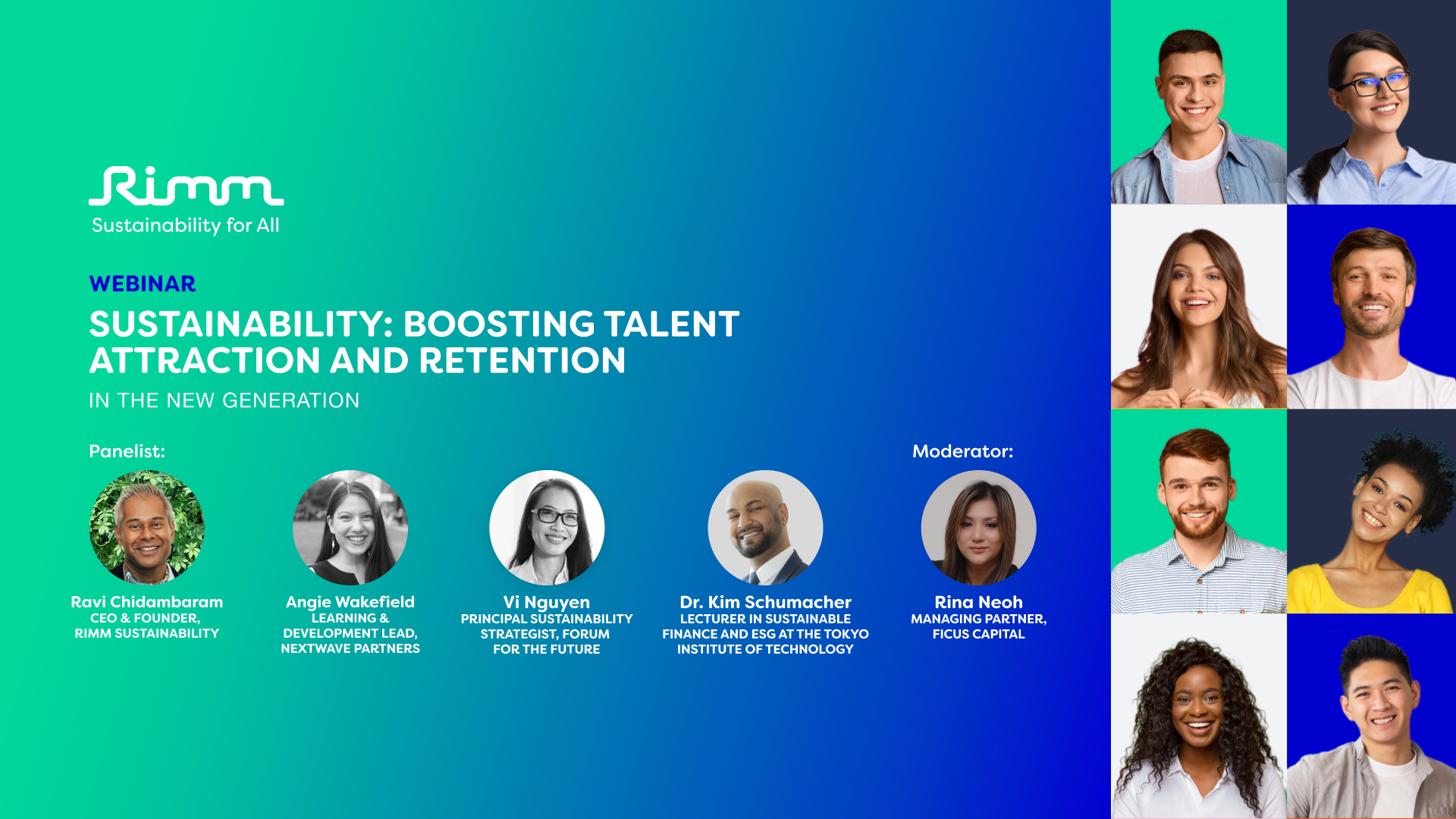Discover the key insights from our event, as experts delve into the power of sustainability in shaping the new generation workforce. Gain practical tips on leveraging employee engagement for positive environmental and social impact through disclosure, reporting and analytics.
As the world continues to evolve, so do the values and aspirations of the new generation workforce. Millennials and Gen Z individuals are increasingly driven by a passion for sustainability and a desire to work for organizations that align with their ethical beliefs. This highlights the importance around the ‘S’ factors in ESG and the need to ensure proper measurement and management of organizations’ data around these factors.
Recognizing the profound implications of this trend on businesses, Rimm recently hosted an enriching online webinar titled “Sustainability: Boosting Talent Attraction and Retention in the New Generation.” We had the pleasure of having Ravi Chidambaram (Founder & CEO, Rimm), Angie Wakefield (Learning and Development Lead, Nextwave), Vi Nguyen (Principal Strategist – Sustainable Finance, Forum for the Future) and Dr. Kim Schumacher (Associate Professor of ESG and Sustainable Finance, Kyushu University) on our panel, moderated by Rina Neoh (Co-Founder and Managing Partner, Ficus Capital).
Our diverse panel of sustainability experts and practitioners came together to explore how organizations can harness sustainable practices to attract and retain top talent while fostering a positive impact on the environment and society.

Let’s delve into the key takeaways from this thought-provoking discussion and explore the strategies that businesses can employ to thrive in this new era!
Empowering Employee Engagement for Sustainable Impact
There are greater expectations placed on managers and businesses from the newer generations’ perceptions around work-life balance and culture change. The digital ability to work and work longer hours has allowed people to work longer or be more entrepreneurial and find something they enjoy doing and have higher expectations, Angie shares. For many recruiters, this means they “have to be showing the purpose and mission of your business back to the people who are coming through the door” and “through the recruitment process… finding people who are mission-aligned.”
Within the ESG and sustainability space, there is a strong, growing demand for skills and talent. This, however, comes with some challenges for recruiters as sometimes they may take “the quick route… without there being a lot sufficient material competence behind [the applicants’ credentials],” adds Kim. He highlights the importance of employers formulating what they need materially, as well as weighing training and a proper mix of expertise, as “greenwashing is the next big thing that regulators are looking at.”
Furthermore, within the industry, Vi highlights the greater importance and pressure around the “need to walk the talk,” and shares from experience that “people come to work for us with the expectation that our culture reflects the message that we are sending out there to the market… [which] has to be reflected in the hiring process all the way to internally… that has to be fair and equitable.” She also points out the opportunity to lead by example and the importance of inclusive team dynamics and employee engagement so that “every employee feels valid, safe to express their views and to do their work.”
Challenges in Navigating Sustainability Engagement
With regard to employee engagement, “the biggest challenge is scaling a company culture and ensuring that strong culture is felt,” says Angie. She highlights that there is a responsibility from both employers and employees to show the culture in their day-to-day, allow room for career development, and for there to be an engaging culture that allows for open and honest communication to better facilitate empathy and understanding in the workspace.
Ravi adds that “a lot more data and analytics could be added to this particular field and delivered to clients.” Ravi and Kim highlight the importance of materiality in understanding an organization’s sustainability performance, as well as highlights the strengths and weaknesses to gain clarity on how to strategize more effectively moving forward. For SMEs constrained by resources, there is still a necessity, global expectation and regional regulations for better management of sustainability and ESG performance. While “there is a global push for more sustainability and ESG regulation,” says Kim, if aligning with sustainability frameworks seems too resource-intensive, SMEs can conduct a materiality analysis that can help to reveal gaps and areas for improvement. “If you identify these gaps, then the next step would be to… go out and seek external ways of capacity-building, getting additional resources… It’s never too late to do a materiality analysis,” says Kim.
Measuring and Evaluating Progress: The Path to Success
“A big part of purpose is also how your company is externally making a difference, and those are things we can track better. There’s more client engagement around the S issues, particularly at larger companies,” shares Ravi.
At Rimm, we offer a very strong materiality map to map out material factors to analyze, benchmark and report on for all companies. Often in service-driven companies, the S issue becomes prominent, and these issues can be highlighted in materiality maps and tracked and benchmarked quite carefully through our assessments. We collect a lot of data on key ‘S’ metrics, including in terms of employer performance, salaries, diversity, benefits and workplace culture. We then benchmark this against our database and provide a performance analysis. As part of the process, we also tap into alternative data sources, such as Glassdoor ratings, to reinforce the overall perception of companies’ records as employers.
From this analytical framework, “companies can see how important the employer performance issue is to their industry, how that starts to affect their business and operations, and how they can benchmark themselves and set targets and objectives,” says Ravi.
In a world where sustainability has become a critical factor in talent attraction and retention, organizations must embrace these changing dynamics to thrive in the new generation workforce. Our online webinar, “Sustainability: Boosting Talent Attraction and Retention in the New Generation,” offered a wealth of insights and best practices to help organizations leverage employee engagement as a powerful sustainability strategy. By empowering their workforce, navigating regional nuances, and measuring progress, businesses can align with the values of the new generation and create a positive impact on both their people and the planet.
Interested to learn more about sustainability and leveraging employee engagement through disclosure, reporting and analytics in attracting and retaining talent?
Watch our full webinar recording to understand how you can make a positive environmental and social impact.
Simplify Your Sustainability Performance & Tracking With myCSO
✅ Calculate your scope 1, 2 and 3 emissions instantly
✅ Gauge your company’s sustainability performance
✅ View your sustainability performance all from one dashboard
✅ Benchmark against industry peers
Enter your information below to book a demo with our team today.

